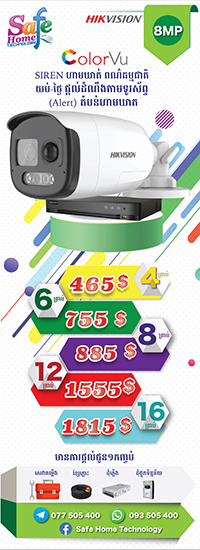AUSTIN, Oct 10 (Reuters) - Tesla CEO Elon Musk showcased on Thursday a long-awaited robotaxi with two gull-wing doors and no steering wheel or pedals and surprised with robovan, betting on a shift in focus from low-priced mass-market cars to robotic vehicles.
At a glitzy unveiling, Musk reached the stage in a "Cybercab" to be produced from 2026 - eventually in high volume - and priced under $30,000. He then introduced the robovan which can carry up to 20 people though offered few further details.
But Musk, who has a record of missing projections - and himself said he tended to be optimistic with time frames - did not say how quickly Tesla could ramp up robotaxi production, clear inevitable regulatory hurdles or implement a business plan to leapfrog robotaxi rivals such as Alphabet's (GOOGL.O), opens new tab Waymo.
Analysts and industry experts said establishing robotaxis could take years, particularly due to ensuring safety and reliability. They pointed to accidents as well as the difficulty the technology has responding to scenarios such as inclement weather, complex intersections and pedestrian behavior.
But Musk, wearing a leather-jacket and addressing crowds at the Warner Bros studio near Los Angeles, said autonomous cars could be 10 times safer than humans and drive five to 10 times longer.
"The autonomous future is here," Musk said. "With autonomy, you get your time back."
Musk had previously said he planned to operate a fleet of self-driving Tesla taxis that passengers can hail through an app. Individual Tesla owners would also be able to make money on the app by listing their vehicles as robotaxis, he had said. He made no mention of the app at Thursday's event.
The event - titled "We, Robot" in an apparent nod to the "I, Robot" science-fiction short stories by American writer Isaac Asimov - echoed Musk's comment that Tesla "should be thought of as an AI robotics company" rather than an automaker.
It started after a delay of nearly an hour which Musk attributed to a medical emergency involving an attendee. The presentation, months in the making, lasted for less than half an hour and was watched by about four million people on Musk's X social media platform alone.
"I'm a shareholder and pretty disappointed. I think the market wanted more definitive time lines," said equity trader Dennis Dick at Triple D Trading. "I don't think he said much about anything."
Running the Cybercab will cost 20 cents a mile over time and charging will be inductive, requiring no plugs, Musk said. Operating the robovans will be even cheaper - at 5 cents a mile.
The vehicles will rely on artificial intelligence and cameras rather than hardware common among robotaxi rivals, he said, such as lidar - an approach experts have flagged as challenging both from a technical and regulatory stand point.
Beyond vehicles, Musk touted "a lot of progress" made with its humanoid robot "Optimus" that could eventually be priced at $20,000 to $30,000 and which can perform many daily tasks.

Photo from Reuters




